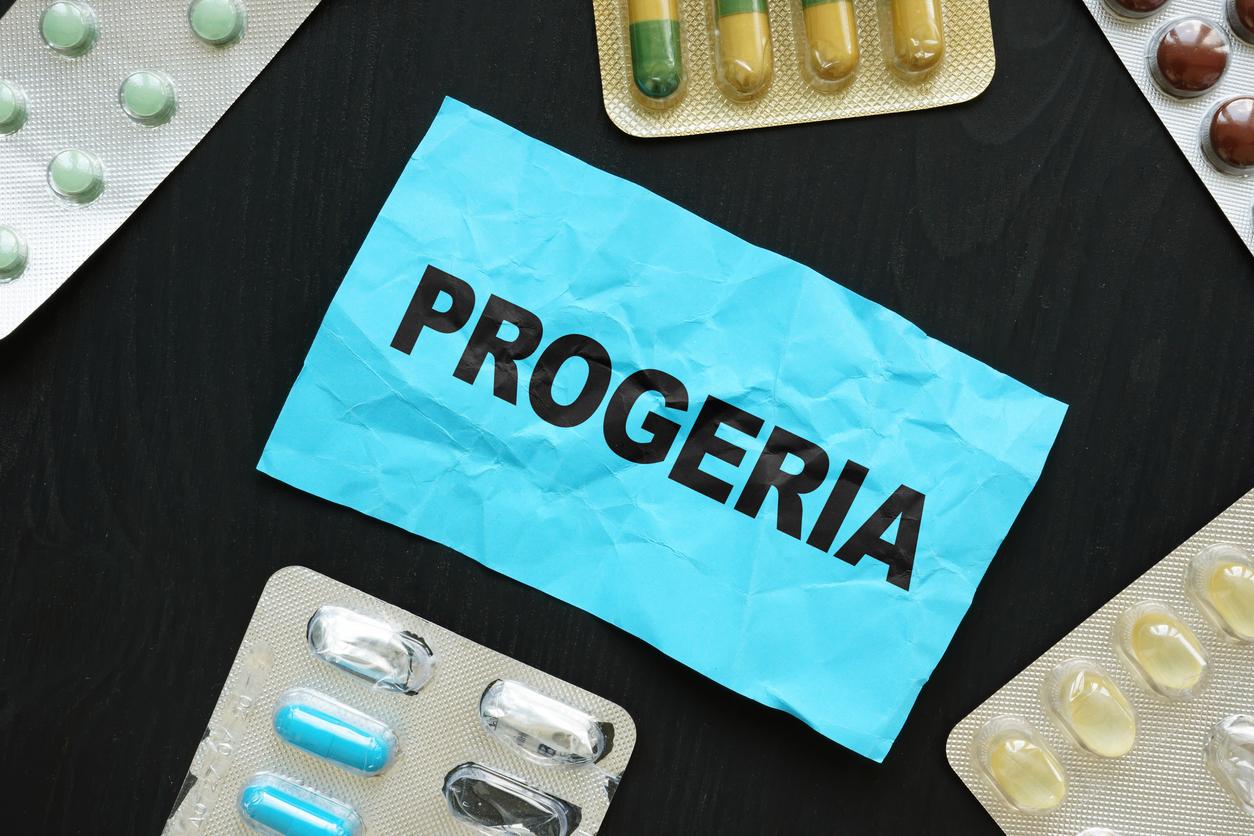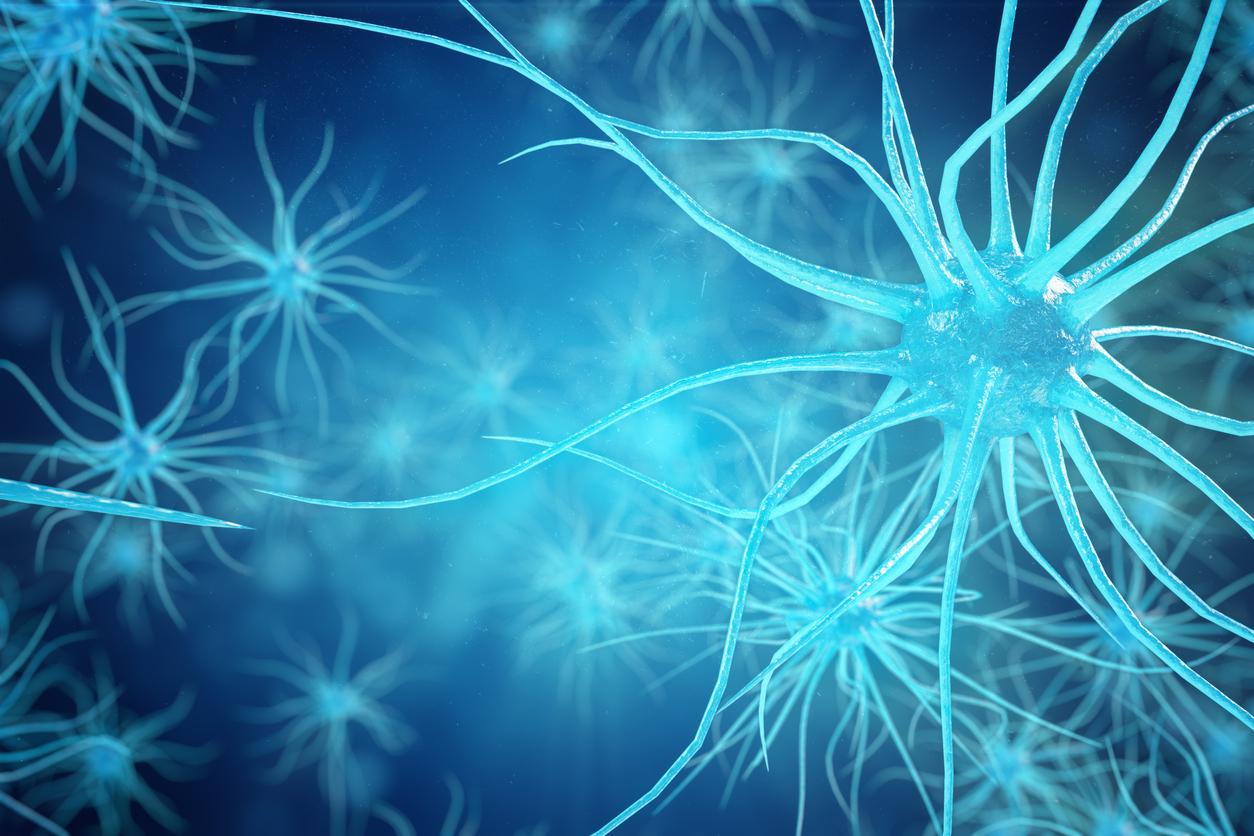Excellent alternatives to animal proteins, vegetable proteins are low in fat and rich in fiber and micronutrients. Satiating, they have a low GI and are ideal for keeping the figure. Here is our list of recommended vegetable proteins for health.
As we know, human food is made up of seven major elements, namely carbohydrates, lipids, proteins, vitamins, trace elements, minerals and water. Each of these elements is essential to the body.
As far as proteins are concerned, there are two types: vegetable proteins which refer to proteins from plant sources and the animal protein which come from animal sources (mainly meat, milk, fish, eggs). Proteins are the only sources of nitrogen, an essential component for human life.
Why consume vegetable proteins?
The vegetable proteins are low in fat and are a good source of vitamins, fibers and minerals (iron, magnesium, selenium and potassium, low in sodium). They do not contain cholesterol and have a low glycemic index.
20 amino acids can be found in plant proteins, 9 of which are essential for the body (they cannot be synthesized by the body). These vegetable proteins can therefore replace meat and meet human needs for amino acids.
If excessive meat consumption is a source of cardiovascular disease, bad cholesterol and obesity, it is not the same with vegetable proteins. Rather, the latter contribute to limit the risks and can be integrated as part of a slimming diet because they often have an effect appetite suppressant.
Vegetable proteins are also an asset for athletes and bodybuilding enthusiasts. They are beneficial for the development and repair of muscles.
They provide the body withenergy needed to produce intense physical effort.
It should also be noted that animal proteins (called complete) are more easily assimilated by the body. Indeed, the amino acids are more concentrated there but, unfortunately, they are also rich in saturated fats whose excess consumption is not recommended.
It is therefore necessary to consume all food families to provide the body with everything it needs to function on a daily basis.
Top-10: the list of vegetable proteins
In the list of vegetable proteins, we find oilseeds (cashew nuts, almonds, pistachios or even hazelnuts, which contain more or less 20 g of pure vegetable protein per 100 g portion), cereals ( barley, wheat, millet, spelled or even rice, buckwheat, oat bran and corn) and legumes and their derivatives (beans, tofu, fenugreek, soybeans, chickpeas ).
1. Spirulina
It is the most famous algae in recent times, thanks to its high protein content (70%)! Spirulina is a tiny blue-green algae of ultra-rich freshwater which concentrates nutrients in an exceptional way: vitamins (especially from group B), minerals, amino acids (in large quantities), essential fatty acids, etc.
Spirulina is ideal in case of undernutrition or deficiencies. It protects the body, stimulates the immune system, detoxifies and purifies the body of heavy metals and other pollutants. It is an unparalleled energy booster, usually found in tablets or capsules.
Unlike other “popular” algae, spirulina is mainly marketed in its dry form (powder or chips). You can sprinkle it on salads or mix it into vegetable smoothies.
2. Soy in the list of vegetable proteins
Prince of vegetable proteins (36g per 100g of soy), soy is a superb legume full of health benefits. This plant native to Asia is the only plant that has all the amino acids that allow the use of its proteins.
Very rich in proteins, fibers, vitamins (vitamin B1, vitamin B9, vitamin C), and minerals (iron, zinc, calcium), it also contains phytoestrogens which gives it its antioxidant properties, useful in the fight against certain diseases .
Soy is known to be effective in treating the symptoms of menopause. It helps to reduce hot flashes, night sweats, insomnia and migraines often experienced during the phases of menopause. We consume soybeans in germ, in salad cooked in a wok in chop-suey or even prepared Chinese.
3. The hemp seed
Very rich in fatty acids, hemp seed comes from hemp, a plant source of proteins (30g of vegetable proteins for 100g of seeds), minerals, fibers and vitamins.
With its omega 3 and omega 6 content, hemp seed helps maintain arterial health, promote brain function, as well as healthy hair and skin. It also has an anti-cholesterol effect thanks to the phytosterols it contains.
Hemp seed also contains a large amount of fiber, which contributes to the proper functioning of the digestive and cardiovascular system. It can be enjoyed by integrating it into yogurts or smoothies.
4. The almond
Fruit of the almond tree, the almond is a nut whose seed is edible. Like most oilseeds, almonds are a good option for boosting the immune system: a small handful is an excellent source of vitamin E (20 mg / 100 g) and also contains protein (20%), fiber (15 %) and magnesium (296 mg / 100 g).
The almond is eaten whole, slivered, in paste or in the form of milk and is integrated in all the desserts. It is also excellent with fish, poultry, in stuffings, and couscous in particular. It is finally found in barley, a syrup made from almonds.
However, we limit the quantities because the almond provides nearly 635 kcal / 100 g (more than chocolate). It is very rich in monounsaturated (36%) and polyunsaturated (10%) fatty acids including omega-3s, called essential, because the body cannot synthesize them. Consumption of almonds therefore reduces the risk of cardiovascular disease.
5. The chia seed
Classified as a superfood, chia seed is rich in fiber, protein (20g of vegetable protein per 100g of seeds), antioxidants, omega-3s and essential minerals (calcium, magnesium). It is beneficial for health and helps prevent certain cardiovascular disorders.
It reduces bad cholesterol and is useful in the treatment of diabetes. Indeed, it helps to normalize the level of lipids in the blood thanks to its high content of fibers, omega-3 and omega-6. In addition, chia seed is a natural appetite suppressant and quickly gives you a feeling of fullness.
The chia seed tastes delicious. It can be incorporated into savory and sweet recipes, or added to smoothies, compotes, yogurts, dressings, or sprinkle them on fruits and morning cereals.
6. Pumpkin seed
Pumpkin seeds have diuretic and soothing properties. They are rich in protein (19g of protein per 100g of seeds), fiber, vitamins, minerals, antioxidants or fatty acids. They are used to treat urinary system disorders, infections but also incontinence.
Pumpkin seed also helps fight anemia, fatigue and strengthens the immune system thanks to their iron content. It contains lignans which are used for hormonal balance. Rich in zinc and essential fatty acids, it is very beneficial for the brain.
It is excellent as well in salads as in pastry. We sprinkle the equivalent of a teaspoon in a salad, or in our bowl of muesli in the morning.

7. Chickpeas
Another star in the list of vegetable proteins, the chickpea is an edible legume native to the Mediterranean. It is commonly used for the preparation of traditional dishes in the Middle East. It is rich in minerals, fiber, vitamins (B1, B2, B6, B9, A, C, E and K) and vegetable protein (19g of protein per 100g of small beads) and has many health benefits.
It reduces the level of bad cholesterol and has a positive effect on the intestinal flora. Thanks to vitamin K, it promotes blood clotting. The vitamin B9 it contains is essential for women who are pregnant or breastfeeding.
Indispensable in vegetarian cuisine, it is also found in flour, organic pasta or canned or dry. In the latter case, it is soaked overnight before preparing it. It is eaten in salad or grilled.
8. Walnuts in the list of vegetable proteins
Produced by walnut trees, the walnut is an oleaginous nut or dry fruit rich in protein (15g of protein per 100g of nuts). It is richer in lipids than peanuts and contains 70% fat.
So, due to their high content of fiber and polyunsaturated fatty acids, nuts simply increase the degree of satiety. The walnut contains omega 3, component beneficial for the health of the heart and the vessels. It also helps stabilize weight and stimulate the brain.
In general, the nut reaches maturity between the end of September and the end of October. It is eaten whole, in pieces or in powder scattered on the food.
9. The red bean
Little known in France, azuki is a small red bean native to Japan. It is a source of various nutrients useful for health. It is a concentrate of proteins (25 g per 100 g of beans), vitamins (B, A), and mineral salts.
Red kidney beans play an essential role in preventing cardiovascular disease and strengthening tone. Rich in fiber, it promotes digestion by acting on the intestinal flora. It stimulates the kidneys and promotes the elimination of toxins.
Indeed, this bean goes wonderfully with rice dishes but can also be cooked and reduced to a very sweet paste called anko. It can also be combined with legumes such as lentils or chickpeas or eaten mashed.
10. Quinoa
In the vegetable protein list, here is another star. Quinoa is one of the most nutritious plants in the world. Its seed is rich and contains 16-18% protein. It is above all a source of omega 3, vitamins, antioxidants and minerals (iron, calcium, magnesium, phosphorus and various trace elements).
This seed also helps keep skin and muscles in good condition. It is a superfood, well known to people with gluten intolerance. Quinoa seed contains as much fiber as whole grains and is useful in moderating the glycemic index, increasing feelings of fullness and stimulating sluggish transits.
Toasted, this seed retains all its strengths and has a delicate nutty flavor. The recipe is easy: lightly sugar the quinoa (coconut sugar, honey or maple syrup) and roast it in the oven for 10 minutes at 200 °. You can add it to yogurt or snack on it as is, it’s just healthy and tasty.
What other source of vegetable protein would you like to be included in this list? Tell us in the comments.




























